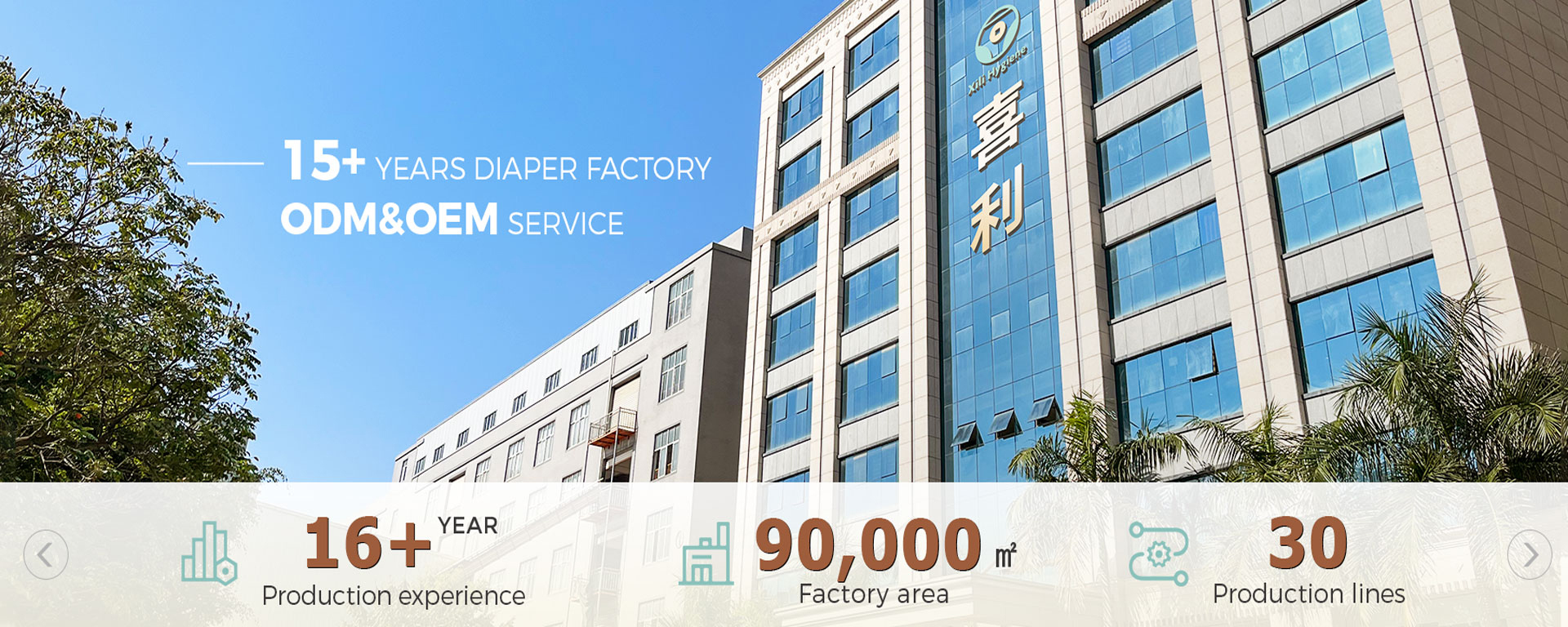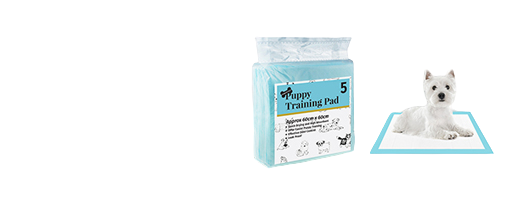
The Shift Toward Sustainable Baby Wipes: Innovations in Raw Materials and Manufacturing
2024-11-17 21:47
As plastic bans and environmental regulations gain momentum worldwide, the disposable baby wipes industry is undergoing a significant transformation. Manufacturers are increasingly seeking alternatives to traditional plastic-based materials, driven by consumer demand for eco-friendly products and the need to comply with stricter sustainability standards. While this shift has been evident in the baby wipes segment for years, the professional wipes sector—particularly in healthcare—has been slower to adopt natural materials due to formulation challenges. However, recent advancements in technology are enabling suppliers to overcome these limitations, paving the way for a more sustainable future in the baby wipes industry.
The Push for Sustainability in Baby Wipes
Baby wipes are one of the most widely used disposable products, with millions of units sold annually. Traditionally, these baby wipes have been made from synthetic materials like polyester and polypropylene, which are durable and cost-effective but contribute significantly to plastic waste. As environmental concerns grow, manufacturers are turning to natural fibers and biodegradable materials to create more sustainable baby wipes.
Natural Fibers: Materials like bamboo, cotton, and cellulose are becoming popular alternatives to synthetic fibers. These natural materials are renewable, biodegradable, and gentle on sensitive skin, making them ideal for baby wipes.
Biodegradable Substrates: Innovations in substrate technology have enabled the production of wipes that break down more easily in the environment, reducing their long-term impact.
Eco-Friendly Formulations: In addition to sustainable materials, manufacturers are developing formulations that are free from harsh chemicals, aligning with the growing demand for safer, more natural products for babies.
These changes reflect a broader trend toward sustainability in the baby care industry, as parents increasingly prioritize eco-conscious choices for their children.
Challenges in the Professional baby Wipes Sector
While the baby wipes segment has made significant strides in adopting sustainable materials, the professional baby wipes sector—particularly in healthcare—has faced unique challenges. Disinfectant wipes, for example, must meet stringent efficacy standards to ensure they effectively kill pathogens and prevent the spread of infections. Historically, the active ingredients in these wipes have been too harsh for natural materials, limiting the use of eco-friendly substrates.
Regulatory Requirements: Healthcare baby wipes must comply with strict regulations, making it difficult to switch to alternative materials without compromising performance.
Despite these challenges, suppliers are making progress in developing sustainable solutions for professional baby wipes.
Breakthroughs in Sustainable Professional Wipes
Recent technological advancements are enabling suppliers to create professional baby wipes that combine sustainability with high performance. These innovations are particularly important in healthcare settings, where the use of disposable wipes is widespread.
Sustainability Initiatives: Hospitals and healthcare providers are increasingly prioritizing green initiatives, creating demand for sustainable alternatives to traditional plastic-based wipes.
These breakthroughs are helping to bridge the gap between sustainability and functionality in the professional wipes sector.
The Environmental Impact of Disposable Wipes
The widespread use of disposable wipes, particularly in healthcare, has significant environmental implications. According to Jonathan Fast, senior staff scientist at Ecolab, the disinfectant wipes used in North American healthcare facilities in one year would wrap around the globe 58 times if laid end to end. This staggering statistic highlights the urgent need for more sustainable solutions.
Plastic Waste: Traditional wipes contribute to the growing problem of plastic pollution, as they often end up in landfills or oceans.
Carbon Footprint: The production and disposal of synthetic wipes generate greenhouse gas emissions, exacerbating climate change.
Resource Depletion: The reliance on non-renewable materials like polyester and polypropylene depletes natural resources and contributes to environmental degradation.
By transitioning to natural and biodegradable materials, the wipes industry can significantly reduce its environmental impact.
Industry Partnerships: Collaboration between substrate suppliers, manufacturers, and healthcare providers is accelerating the adoption of sustainable materials and technologies.
These factors are creating a positive feedback loop, encouraging further innovation and investment in the wipes industry.
The Future of Sustainable Wipes
As the wipes industry continues to evolve, sustainability will remain a key focus. The adoption of natural fibers, biodegradable materials, and eco-friendly formulations is expected to grow, driven by technological advancements and changing consumer preferences.
Expansion into New Markets: Sustainable baby wipes are likely to gain traction in emerging markets, where environmental awareness is increasing.
Conclusion: A Greener Path Forward
The baby wipes industry is at a turning point, with sustainability becoming a top priority for manufacturers, consumers, and regulators alike. While the baby wipes segment has led the way in adopting natural and biodegradable materials, recent advancements are enabling the professional baby wipes sector to follow suit.
Get the latest price? We'll respond as soon as possible(within 12 hours)















